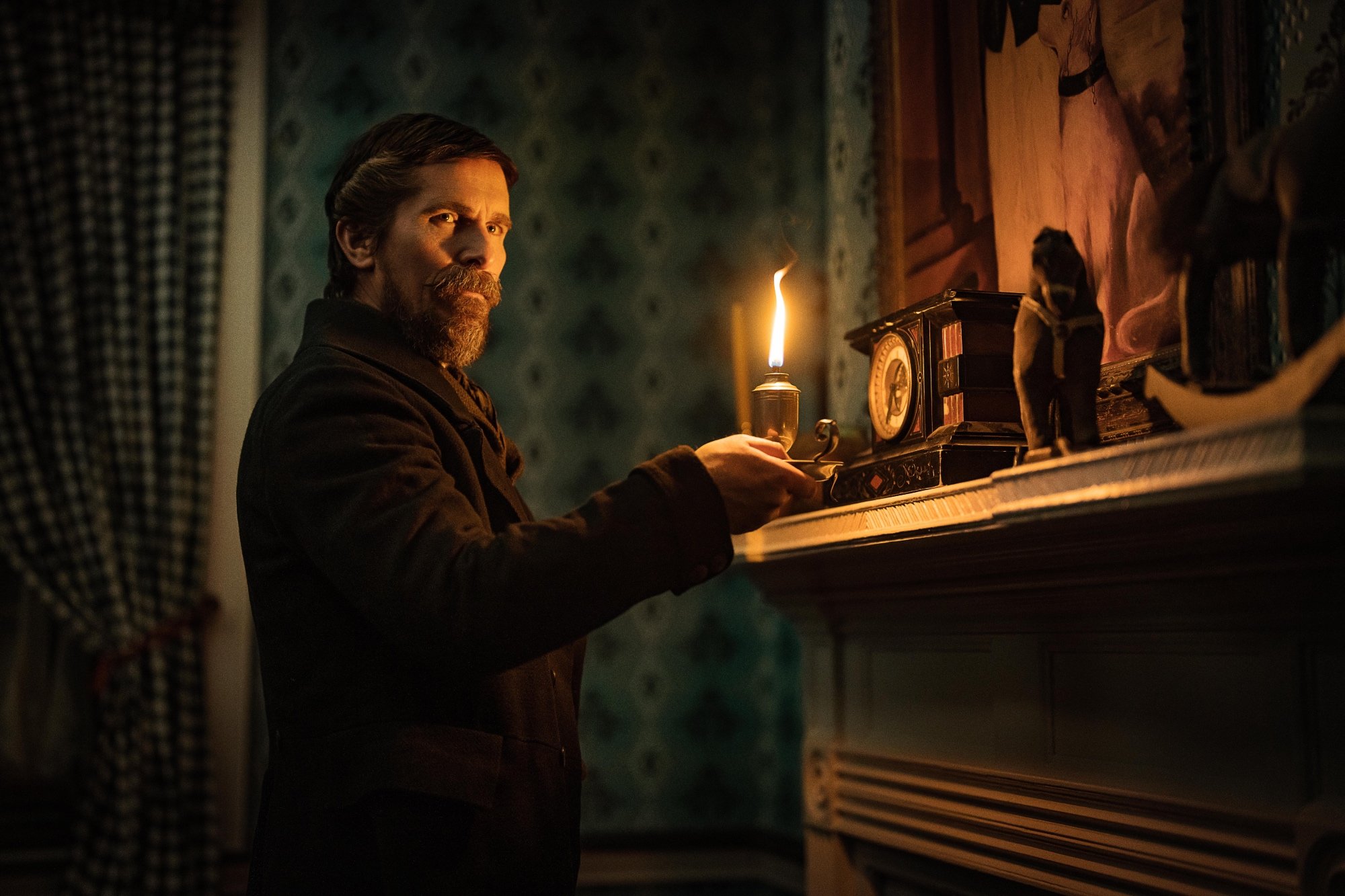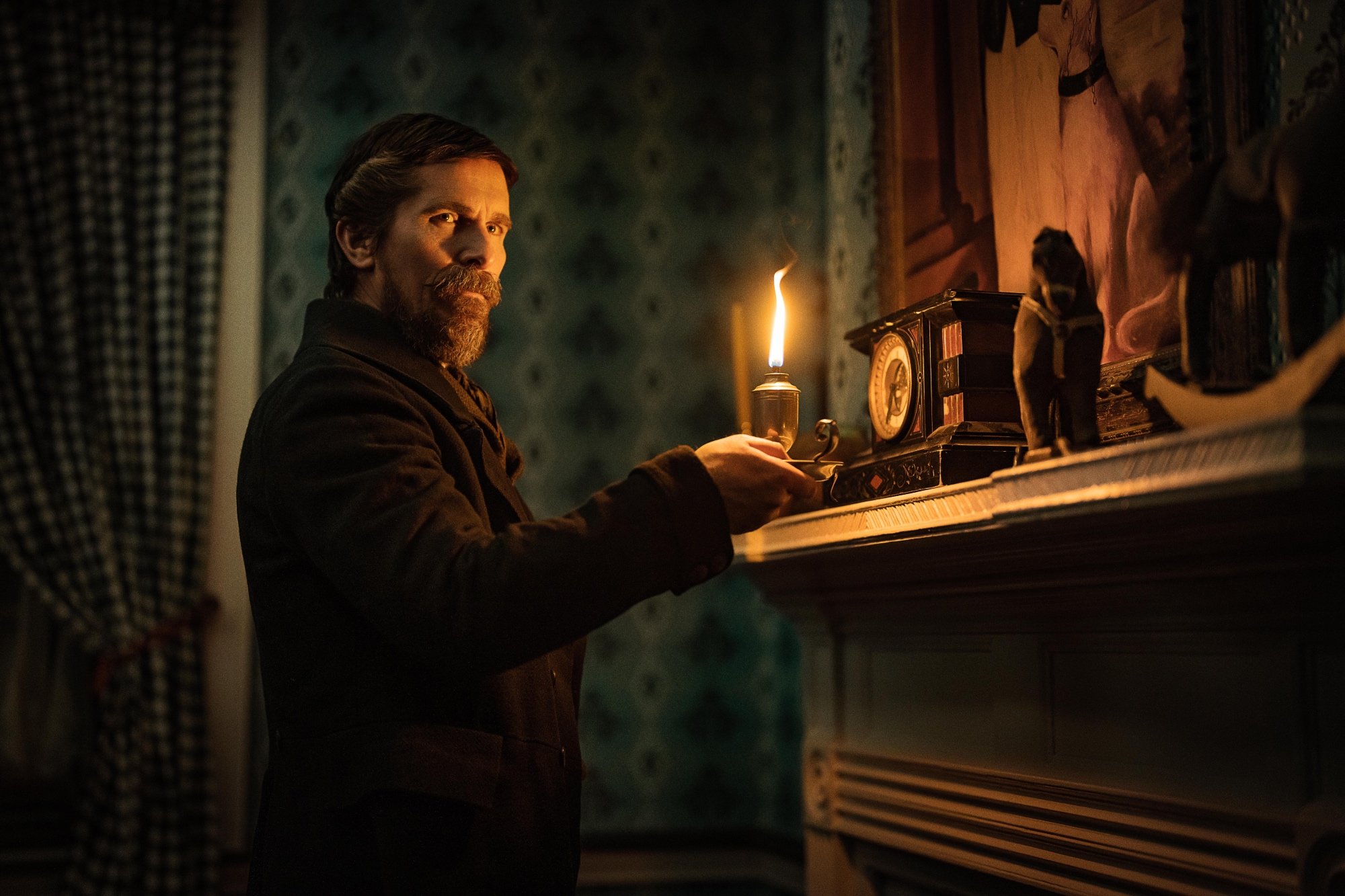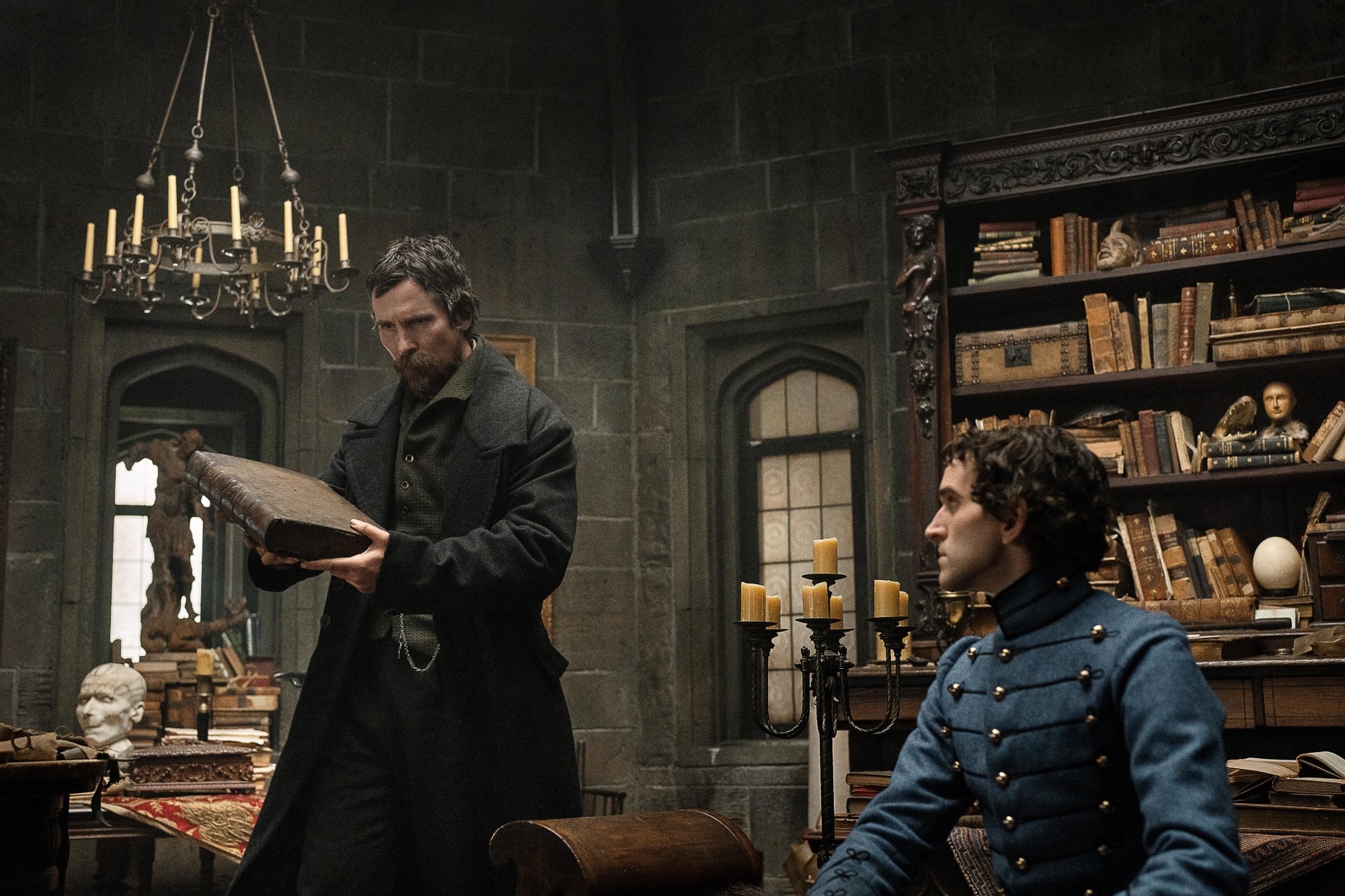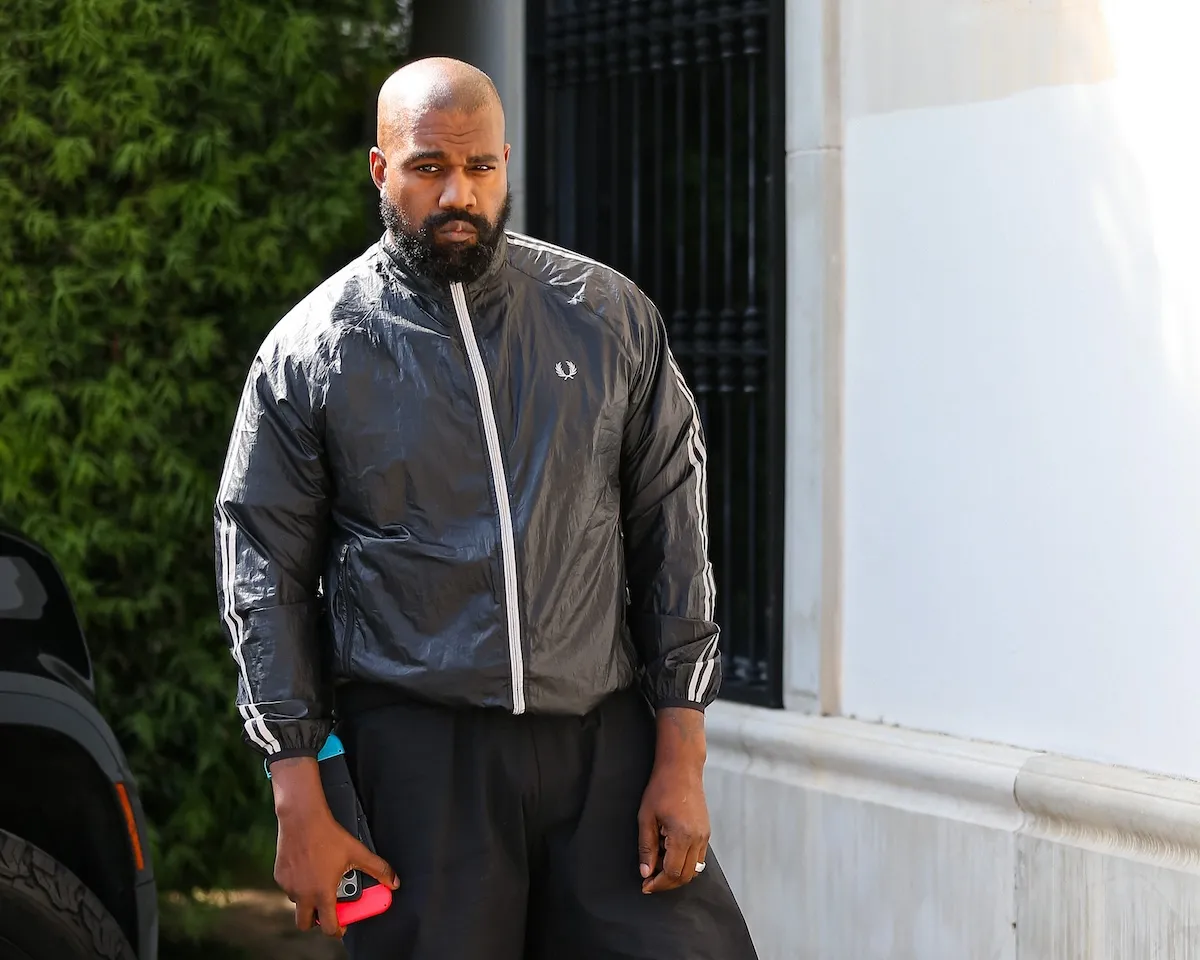
‘The Pale Blue Eye’ Movie Review: Scott Cooper’s Restrained Edgar Allan Poe Detective Story
Edgar Allan Poe’s works of gothic horror stand the test of time as some of the finest writings within the genre. Antlers filmmaker Scott Cooper adapted The Pale Blue Eye from Louis Bayard’s 2003 novel of the same name, but it lacks bite. There’s plenty to admire about the production’s crafts, although it’s unable to save Cooper’s overdrawn storytelling that falls short of what could have been a haunting detective film.

‘The Pale Blue Eye’ tells a macabre detective story

Augustus Landor (Christian Bale) is a talented detective holding on by a string. He’s approached with a mysterious criminal case involving the murder of a West Point cadet. The community grows increasingly terrified as the twisted violence continues to loom over the young men of the academy.
However, the detective discovers that nobody is willing to give up much information. The cadets are held to a code of silence, refusing to interact much with an outsider. Therefore, Augustus decides to join forces with an insider to learn more about this puzzling murder. The eccentric young man in question happens to be the one and only Poe (Harry Melling).
A tale of mystery and trauma
A couple of different mysteries unfold over the course of The Pale Blue Eye. The bewildering murder is the most prominent one, which constantly leaves Augustus with more questions than answers. Poe is a helpful asset, but his oddities arouse suspicion. Could he have something to do with the strange killing? Meanwhile, Augustus himself is a riddle for the audience to figure out. His past undeniably impacts his present-day mindset, which play into the complex enigma that only becomes more disturbing the deeper he digs.
Cooper instills Augustus as the lead character, but Poe is just as critical to the story. The West Point students are all potential suspects, allowing the two detectives to explore numerous leads. However, they’re expectedly misdirected, forcing them to traverse a difficult game of cat-and-mouse. The young West Point men were raised as soldiers, rather than children. As a result, some of them are lashing out in a state of toxic male adolescence, making Augustus’ job that much more challenging.
The Pale Blue Eye infuses religiosity into its detective story and character arcs. Cooper paints perspective characters with various grey shadings, avoiding black-and-white distinctions. Augustus and Poe are both outsiders for different reasons and in varying ways, but it’s largely what draws them together. The more that they collaborate on concluding this investigation, the more that they emerge from their shells into the people they previously locked away deep down as a result of trauma and fear.
‘The Pale Blue Eye’ is overdrawn and suspiciously vapid

Cooper’s The Pale Blue Eye finds its footing with the gothic horror atmopshere and its ability to transport the audience into its eerie world. Cinematographer Masanobu Takayanagi incorporates a dark color palette into the shadows and fog that frequently coat the picture. Additionally, costume designer Kasia Walicka-Maimone brings the characters to life with marvelously detailed work that further elevate the atmosphere.
This horror tale attracted an intriguing cast of familiar faces. Bale is solid as Augustus, handling the story’s reveals with tact. Melling is an exquisite Poe, capturing more than just the look. He frequently sticks out as one of the film’s strengths, even though the film doesn’t necessarily find very compelling ways to tie him into this detective story. Gillian Anderson and Lucy Boynton are other notable standouts, hoisting the picture up the best that they can.
The Pale Blue Eye hits a plateau in its gothic horror storytelling and never musters convincing tension to break from it. The ghostly imagery is successful, but it doesn’t save Cooper’s film from being a forgettable, overlong entry into the genre.
The Pale Blue Eye comes to select theaters on Dec. 23 and streams on Netflix on Jan. 6.


